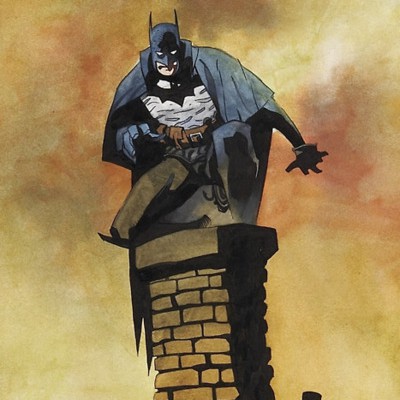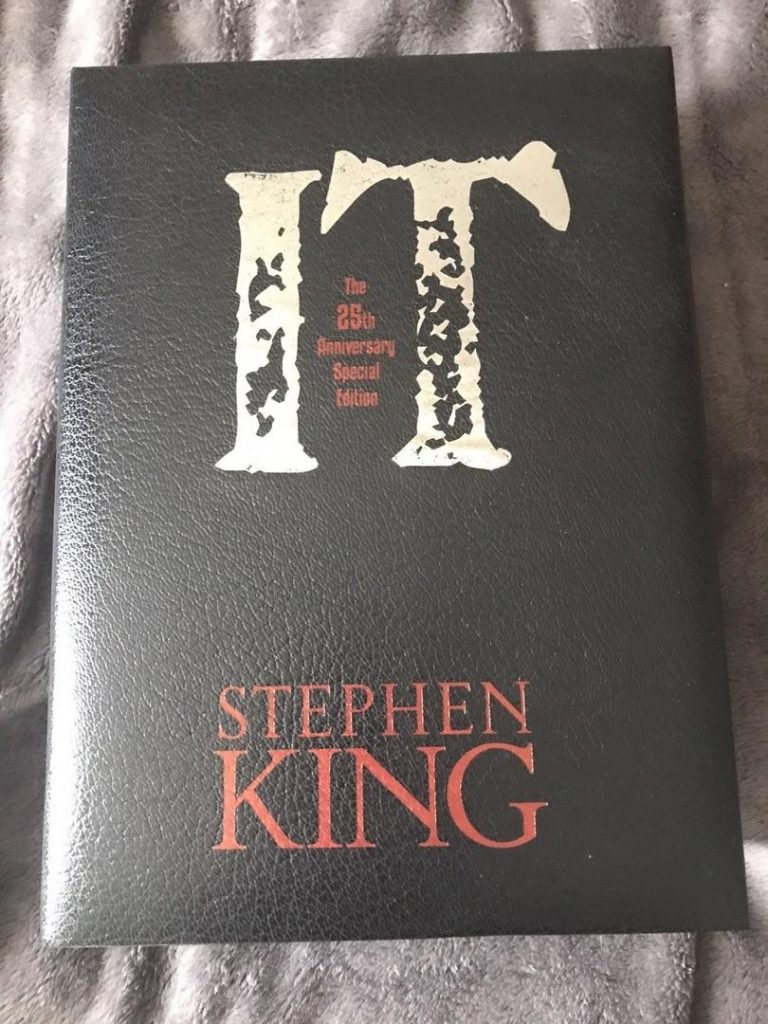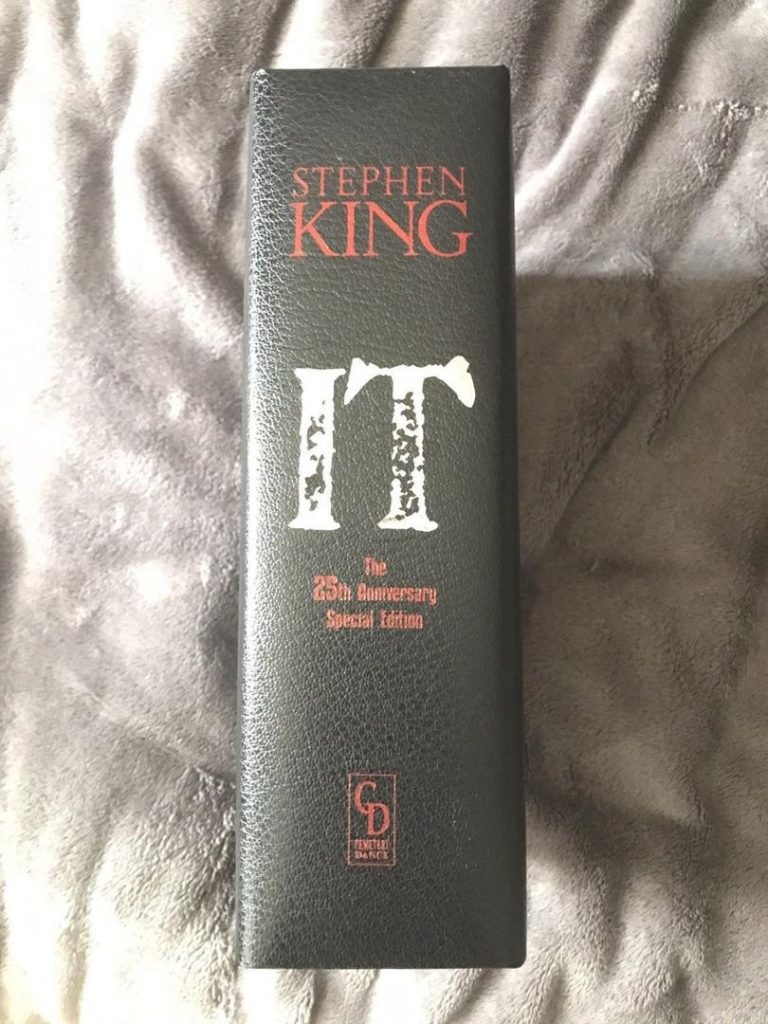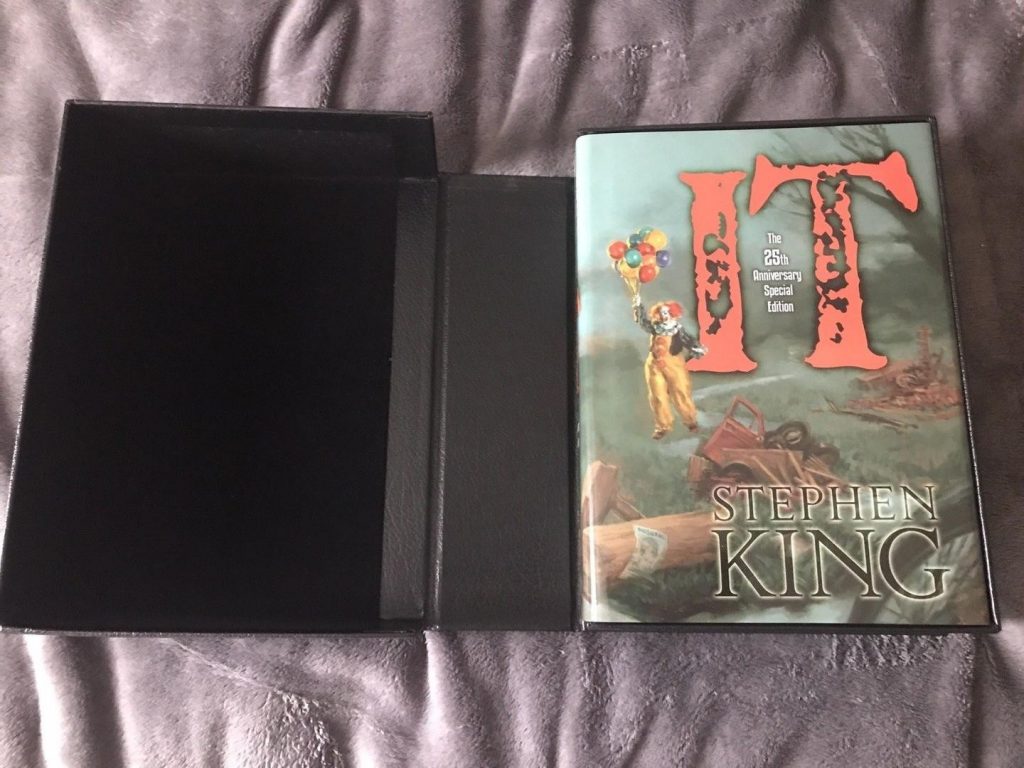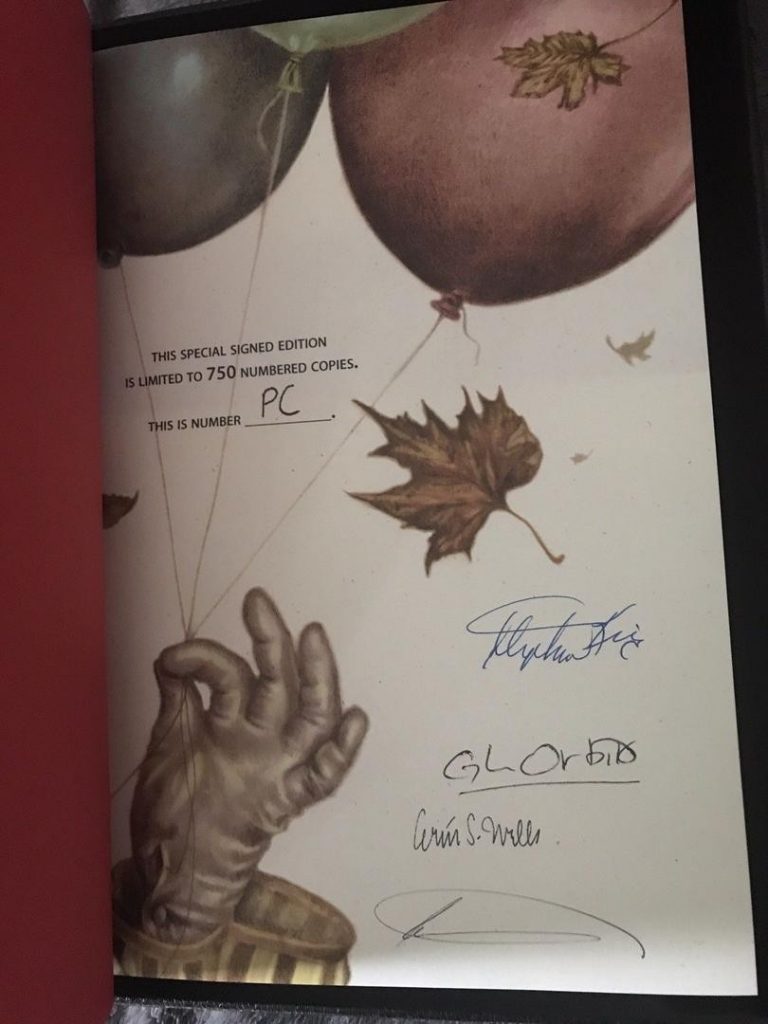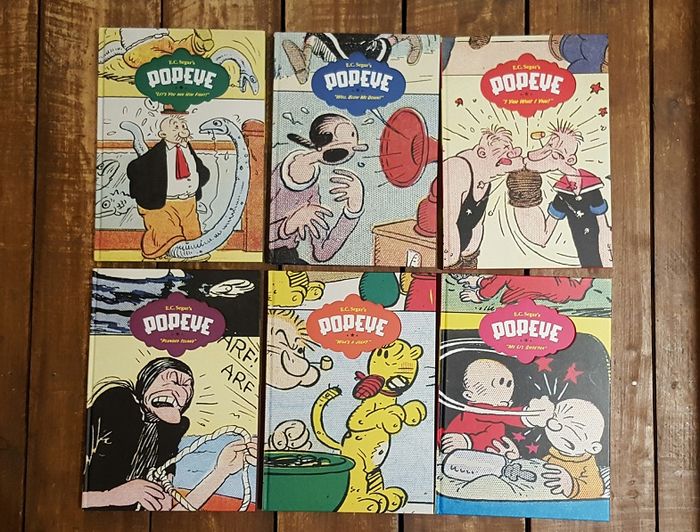I have been a Stephen King fan since a memorable train ride . My teenage years were spent writhing and giggling to his stories, until one fine day, I blinked, and realized that that crusty, fireside voice of his seemed a little too familiar, a tad too self-absorbed by the idea of the legions of Constant Readers hanging on to his every word. His writings seemed to have taken on a rambling, don’t-give-a-fuck quality that did not sit well with my tastes at the time. Like he was dusting off unedited, half-written manuscripts from his early years and hurling them at his editors. Specifically, his brush with death made it feel like he wanted all the unwritten material that bubbled in him—good, bad and ugly—to spout a spray of pages, taking his self-proclaimed ‘diarrhea of the word processor’ to its logical extreme. There were books that I did not finish because they were too self-indulgent. Cell, Dreamcatcher, From a Buick 8.
But times changed, and I read Joe Hill, who reminded me how good his dad had been. Once I took a hit of King Sr’s newer stuff, it was hard to ignore the fact that the guy still had it. The Bill Hodges trilogy was fantastic, as was Revival. I began to keep track of Stephen King releases all over again, and began a reread of the older books. Turns out they still held up, yay.
And one fine day—because Marie Kondo or not, I am still a covetous creature at heart—I found myself wondering about how fruitful it would be to own signed copies the King books that I loved.
Background: Finding Signed Stephen King Novels
It’s easy to find signed Stephen King books for sale. If you want, I could give you two that I have lying around, or fourteen, if you give me a minute with that pen. What I mean is that it is illogical to buy a book that says “signed by Stephen King” unless you are very sure of the provenance. Counterfeit signatures abound so much that California recently passed a law to discourage fakes. This happens to be a terrible piece of legislation that, though well-intended, threatens small booksellers, some of whom are taking legal action against it. The only way of legitimately getting an authentic signed book is to attend a King talk or signing; but that depends on how lucky you are—a limited number of books are randomly signed by the author and then distributed with the tickets. Add to it the fact that he does not really travel to California, limiting himself to his Maine/East Coast haunts.
It therefore did not make sense to run after any signed book, then – the only alternative for me was an “official” limited edition. Most authors with dedicated fan followings are courted by small presses, like Subterranean Press, Cemetery Dance, Centipede Press, to name a few. These books are solicited in limited numbers, with lettered editions (usually 26 copies only, numbered from A-Z, and sometimes AA-ZZ, with a total of 52 copies) being the creme de la creme of the lot. Numbered signed editions come next, with print runs of a few hundred. Then come the “trade” or “gift” editions, which are usually unsigned. These books have small runs, have high-quality paper and binding, come in slipcases that prevent shelf-wear, and are often illustrated by big-name illustrators. They also feature additional material, if the publishing house is working in collaboration with the writer, and the signatures come on pages that are part of the binding.
Once I dipped my toe into the high-end collectible market, what began as a regardez-touche pas strategy online became a mad carousel of heady information:
- Who knew that the Doubleday printings of the early King novels were so reviled? Badly printed with cheap glue binding, that’s why. Though first printings command high prices on the market, they were not aesthetically appealing, and King collectors hate them. Cemetery Dance actually republished the first six King books in limited collectible editions recently.
- I had no idea that King himself owned a publishing house called Philtrum Press based in Bangor, Maine, where he oversaw the printing of several limited edition signed and numbered books. Philtrum’s output included The Plant, an episodic novel that was meant to be a Christmas gift to close King friends, and were later released as a pay-as-you-like e-book in an experiment to test the online market—that didn’t work out, and King hasn’t finished the book yet. The same press also released the limited edition of Eyes of The Dragon.
- A company called Dragon Rebound is releasing its custom rebound editions of Stephen King’s books. Here’s the concept — they take first edition copies of a King book and bind it afresh, and that feels like an understatement after I have typed it out. Their Firestarter release, for example, have covers made of real sycamore wood that has been scorched by fire. Their copy of It comes in a fucking cast iron case, one that resembles a sewer grate. While these books are not signed by the writer, they are seriously limited. The first three books in the series have 26 copies each, while the fourth has 52. There apparently is a wait-list of 250 people waiting to jump in.
However, getting hold of those signed limited editions involves either crouching like a tiger and not draggin’ your hide when the books come up on eBay—sorry, couldn’t resist—or waiting for the next King book to be solicited by any of those publishers. The latest one to get the deluxe treatment was Sleeping Beauties, from Cemetery Dance. I was this close to ordering the limited edition for myself but the $475 retail price stopped me at the last minute. Also does not help that the book, solicited in 2016, still hasn’t been published. That hasn’t prevented the secondary market asking price of about $600-750, depending on who you ask.
With King collectibles, in order not to lose focus, I set three major goals for myself. Three of my favorite books and specific editions, and happily, I managed to hit all three of them. Let me talk about the first one, then.
The First Book: IT 25th Anniversary Signed and Limited Edition
The first time I saw this book was in a movie called Stuck in Love. It’s a funny, heartwarming movie, where three of the protagonists—father, daughter and son—are writers at different stages of their lives. Long story short, there is a Stephen King cameo (just not the way you think) and the limited edition of the book makes an appearance. I was struck by the cover art, the hefty size and of course, because of the fact that this was It, goddammit (um, what?). The book that King refers to as his ‘final exam on Famous Monsters’, and writes about thus in his afterword to this edition of the book.
The central conceit of the book came to me one day when I was walking across a wooden bridge over a dry stream. The hollow thud of my bootheels made me remember a story from my childhood: “The Three Billy Goats Gruff.” There was a troll in the story, hiding under a bridge very much like the one I was crossing.
“Who is that trip-trapping on my bridge?” the troll would ask, a question that struck me—even as a child—as innocent on top, but very sinister beneath. As my bootheels clomped, I began thinking about the differences between our childhood fears—monsters, abandonment, monsters, mistreatment, monsters, bullies, monsters—and our more mundane adult fears, like whether or not our job’s insurance program covers dental. It seemed to me that we forgot the vividness of those childhood fears as we grew to adults, which might make us uniquely vulnerable to them if they ever came back…not as the shadows of tree-limbs on the wall or an imagined movie-poster monster in the closet, but as real things.
I began to see a structure where I could alternate children battling real monsters with the adults they became twenty-five years later. The monster would be a kind of psychic projector, which would allow me to use all the monsters that frightened me at the Saturday matinees of my youth: the mummy, the Crawling Eye, the werewolf, even that uniquely wonderful Japanese monster, Rodan. That idea delighted me. All the monsters! All the fucking monsters! And what would the central monster be? The one hiding behind all the masks and mirrors? It turned out to be a vast spider (think Tarantula!), but I didn’t know that when I started, and it didn’t matter to me. I understood it would really be the troll. The one hiding under all the bridges we cross on the chancy (but wonderful) journey from childhood to adulthood. The one that finally reaches up and pulls all of us under, which we call “dying.”
Let me point out though, that the gift edition appears in the movie, and this version comes in a slipcase and is unsigned. The limited edition comes in a faux leather tray-case, and is signed by both King and the three(!!) artists: Glen Orbik, Alan Wells and Erin Clark. There are 2750 copies of the gift edition, but only 750 of the signed version.
I had been tracking the availability of this book online since I saw it in Stuck in Love, and saw the asking price increase steadily over the years even as copies seemed to become scarcer. Thankfully, my timing was just right — a month or so after I bought my copy, prices started going haywire because of the buzz on the movie. Right now, copies are around the $2800 mark. I paid less than half of that for mine. Pictures below are from an un-numbered PC (Publisher’s Copy) sold at auction. Mine is numbered.
Needless to say, the book looks and feels incredible. The silver embossing on the leather tray-case, hell, the tray-case itself begs to be caressed. The pages have a red color on the edge, like blood seeping into the writing. Seeing the signature on the book (this was the first signed King book I bought) gave me butterflies in my tummy. I will be honest: unlike Frank Darabont, who claims to treat his copies of collectible books as if they were reading copies, I do not have it in me to flip through this book to read it. Which is a contradiction of sorts, I know, but I do most of my reading on the Kindle anyway. I like having this copy on my shelf, as a memory of how far I have come from my teenage days of reading Stephen King via half-torn library paperbacks. Every now and then, I pull it out, read a few pages, and marvel at the turn of events that led me to own a piece of King memorabilia.
